Golf Watch VS. Rangefinder – Which One Is Best For You?
Computers and technology have long changed the game of golf. Modern GPS watches offer helpful features to recreational golfers to take advantage of.
Which is one better for you, though? If you mainly want data, stats, and a convenient way to get a hole layout, opt for a watch.
If you prefer to take your time and only occasionally need to know the distance to a pin or hazard, a rangefinder might be enough.
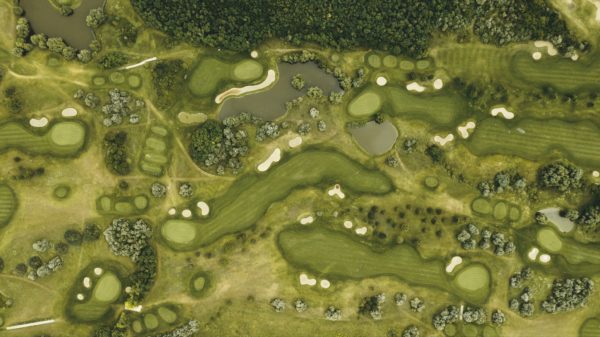
Photo by Richard Brutyo on Unsplash
Read more about the differences between a Golf Watch watch and a rangefinder.
About Golf GPS Watches
Technology has long found its way into the game of golf. Players have the option to carry a powerful smartwatch on their wrists that gives them valuable insight about the golf course, what shots to play and track their performance stats.
If you’re deciding whether a GPS watch is a right tool for you, let’s look at some of the most common features:
Course Layout
Most watches will give you the distance to the front, middle, and back of the green on any hole you play. You can use this information to plan your approach shot, to know exactly what club to hit when hitting into a green.
Now, unless you know exactly where the pin is located on a green, they won’t tell you the exact distance to the hole, so keep that in mind.
Most golfers benefit from aiming to the middle or front of the green anyways. Hole locations are often close to hazards. As beginners or amateurs, the first priority is to get the ball on the green, not near to the hole necessarily.
More helpful is seeing how far hazards are from where you stand. If there is a bunker short of your target, you might opt for a club that carries that hazard comfortably instead of a club that does that 4/10 times.
When teeing off, this can also affect whether or not you opt for your driver. If there are a couple of bunkers just to the length you usually hit your driver, maybe use a 3-wood instead.
Stats and Data
For me, probably the most exciting feature a golf watch can offer is to track your data over multiple rounds. The data includes typically:
- Handicap
- Putting performance
- Average Penalties per round
- Average bunker shots per round
- Club performance
- Average approach shot distance
- Average greens hit in regulation
If you’re like me, you love to know exactly where you can improve your game. The watch does all the work for you; just tell it which club you’ve hit, if you hit it in the fairway, and how many putts you made on any given hole.
On a practical note, you might discover that your technique is fine, and you can actually score better by planning your way around the course more efficiently.
Did you know that most golfers miss their approach shot short? If you plan your approach, opt for a forgiving club that makes it onto the green, even if you don’t strike it perfectly.
Club Performance
Not every watch will offer you data about how far you hit each club. But if they do, it can fundamentally change your game.
Chances are, you hit it further on the driving range than you do on the course. There can be many reasons for that.
Maybe you’re more nervous, or you play with strong wind. Knowing your playing distances is key to making the right club choice on your shots.
Weather and Wind
Some watches will even tell you the current weather and wind conditions. You’d be surprised how but of an impact wind has on your game.
Many players pick a few leaves of grass and throw them up to judge the wind. If you remember Tiger Wood’s 10 he scored on the par-3 at Augusta, you might know that wind further up is very different than the conditions on the ground.
Again, it’s all about making the right club choices for the shot you’re about to play.
About Range Finders
Range finders are widely used outside of Golf as well. They work by projecting a beam of light onto a reflective surface and measuring the time it takes for that beam to return to the device.
In golf, they are considered to be a more traditional way of measuring distance. But technology also has advanced rangefinders!
Whether it’s a hybrid device that connects to an app or rangefinders that measure slope to give you actual playing distances. They are considered more accurate than watches and perfect to pinpoint exact locations on a golf course.
With some creativity, you can also use them similarly to a GPS watch. Just make sure you measure the distance to the front, pin, and back of the green, and you have all information you need for your approach shot.
You can also measure the distance to other objects than the flag — the lip of a bunker or the beginning of a water hazard.
Even club distances are available. They just require more creativity; after hitting a shot, walk up to your ball and measure the distance back to your original spot. You’ll get the total carry distance.
You can already tell that this takes more time than with a GPS watch, but it’s more accurate on the upside.
Many players also opt to use both! Watches keep track of your stats and have a quick overview of the hole you’re about to play, and rangefinders can get exact distances to flags and hazards on the course.
The Differences
Most players will benefit from a device that measures distance. If that also keeps track of your score, tells you the yardage to hazards, and gives you information on the weather, that’s great! A watch can do that for you.
But if you’re only want to know exact distances to selected areas on the course, a rangefinder might do the trick.
As often, it’s a question of preference. We like watches because they essentially replace my scorecards. I can look back at the data collected to identify which areas of my game I need to work on.
That alone might be enough for you to make a choice! Either way, we hope this article will help you in your game!

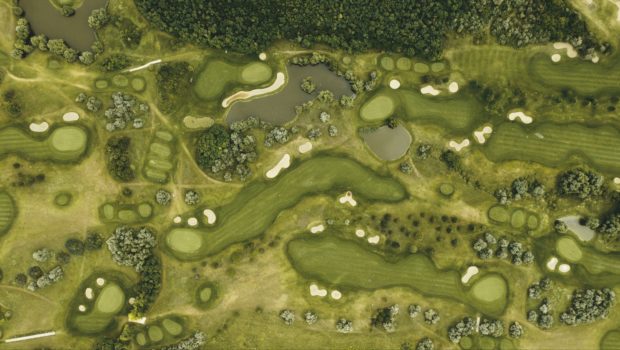

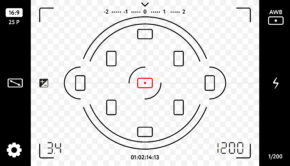

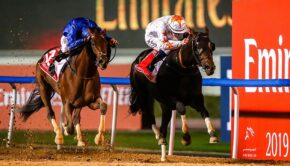


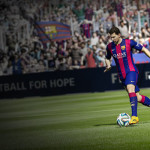


![The Medical Benefits of Taking a Holiday [Infographic]](https://technofaq.org/wp-content/uploads/2017/04/the-medical-benefits-of-taking-a-holiday-150x150.jpg)




